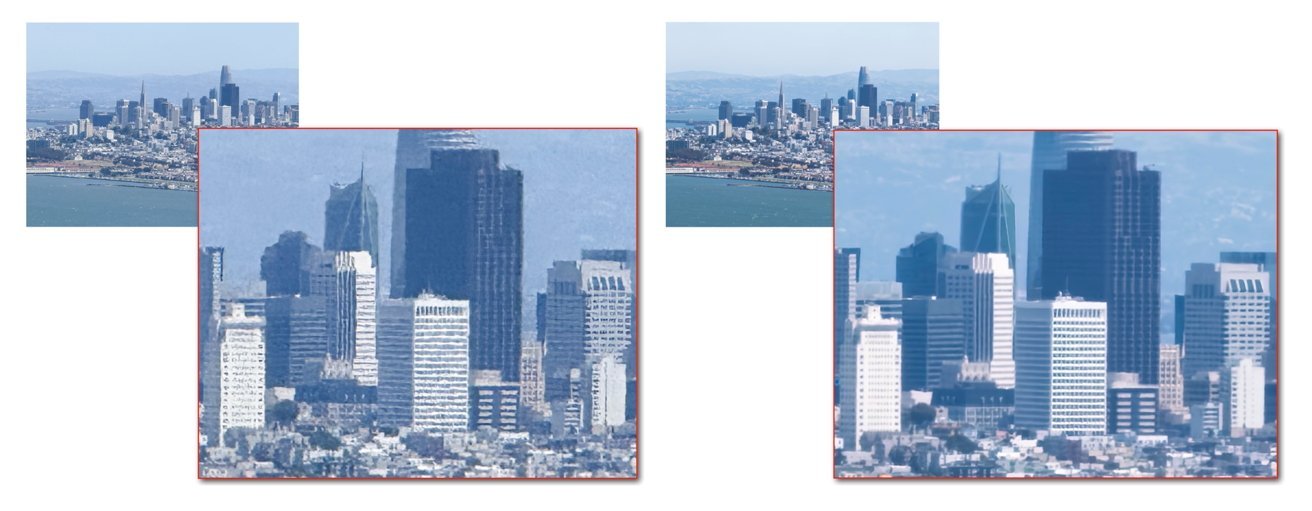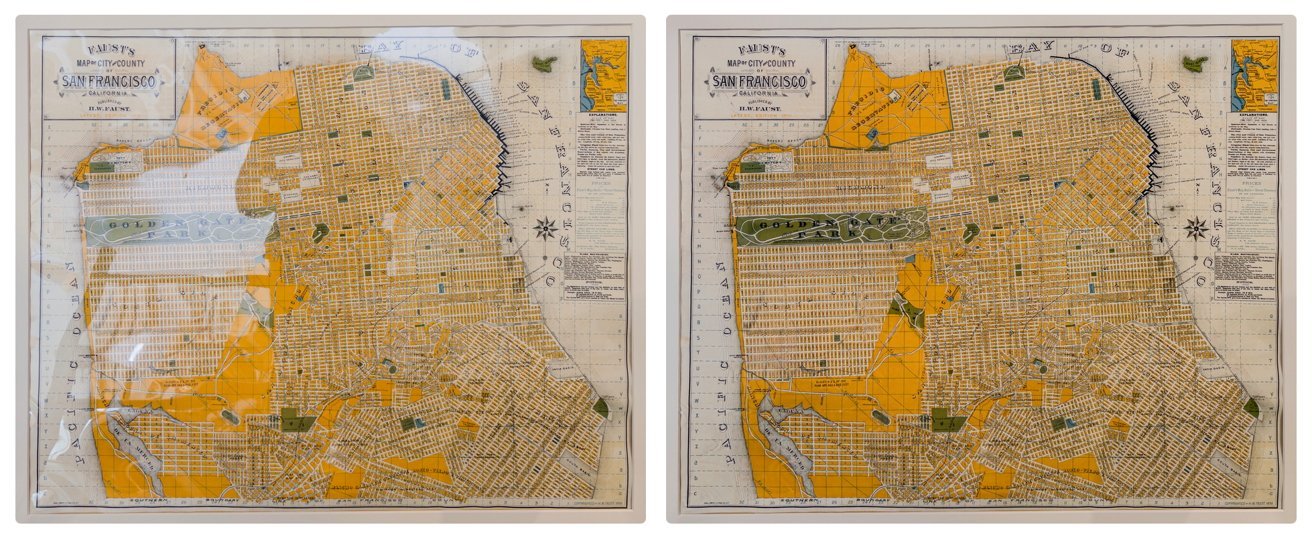Project Indigo is designed to significantly enhance smartphone camera capabilities. Image credit: Adobe
Adobe has launched a new initiative aimed at enhancing smartphone cameras and advancing computational photography to provide a more natural, DSLR-like appearance for iPhone photos.
A recent paper authored by Adobe Fellow Marc Levoy and Senior Scientist Florian Kainz outlines their latest efforts, encapsulated in the Project Indigo app for iPhones. The goal is to achieve the highest quality images possible on mobile devices while offering a more authentic aesthetic.
In their research paper, Levoy and Kainz detail their innovative approach to creating more genuine photographic images. The app intentionally under-exposes more significantly than many traditional camera apps but compensates by capturing, aligning, and merging up to 32 frames for each photo.
As the authors state, “This leads to fewer blown-out highlights and reduced noise in the shadows,” though they caution that using the app may require a bit more patience after pressing the shutter button. “After a few seconds, however, you’ll be rewarded with superior images.”
This method minimizes the smoothing effect common in many smartphone camera applications, better preserving natural textures and avoiding a “global tone mapping” approach. Typically, this global mapping leads to bright areas being well-exposed, while darker sections end up underexposed, complicating later editing if RAW format isn’t utilized.
Creating Super-Resolution Images
Another challenge arises with zooming; as smartphones lack true optical zoom lenses, “zooming in” results in only the center portion of the sensor being utilized, which decreases image quality.
The Indigo app addresses this by employing “multi-frame super-resolution,” rapidly capturing several images at various resolutions and zoom levels to minimize noise.

An example of super-resolution enhancing distant subjects. Image credit: Adobe
The authors explain, “By combining these images, we produce a photo with greater detail than what a single image can offer,” emphasizing that the additional detail is derived from multiple viewpoints, not artificial enhancements.
The Indigo app provides photographers with a range of controls tailored for mobile photography, including adjustments for focus, shutter speed, ISO, exposure compensation, and white balance—each with temperature and tint settings similar to Lightroom.
As each photo results from combining several frames, the app also allows users to customize the number of frames captured in a burst, providing a trade-off between capture duration and noise levels.
An exciting feature anticipated for future updates is the real-time rendering of the final image in the viewfinder, enabling a true “what you see is what you get” experience. For instance, photographers can darken an image by adjusting the preview brightness instead of shortening exposure time.

The Indigo app can intelligently eliminate lighting reflections from subjects under glass. Image credit: Adobe
Moreover, certain advanced techniques, like removing reflections from lit subjects encased in glass or plastic, will be achievable directly within the app, according to the developers.
Project Indigo is viewed not just as an app but as a suite of technologies that may eventually be integrated into Adobe’s flagship products, particularly Lightroom. The app is currently available for free on the App Store.
